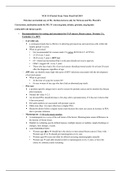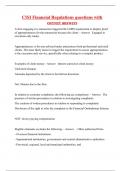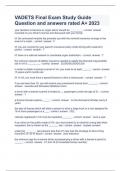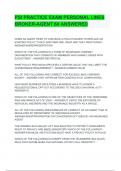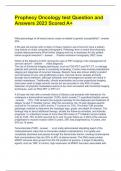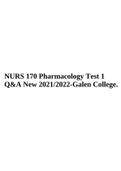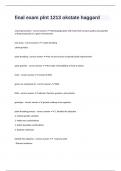Class notes
NUR 114 Partial Focus Notes Final Fall 2019/2020_complete, A+ guide
- Course
- Institution
NUR 114 Partial Focus Notes Final Fall 2019 This does not include any of Ms. Jordans lectures only for McLean and Ms. Pizzotti’s Conversions, medication math for PO, IV rates mcg/min, ml/min, gtts/min, mcg/kg/min CONCEPT OF SEXUALITY • Recommendations for testing and assessment for PAP smears, ...
[Show more]
